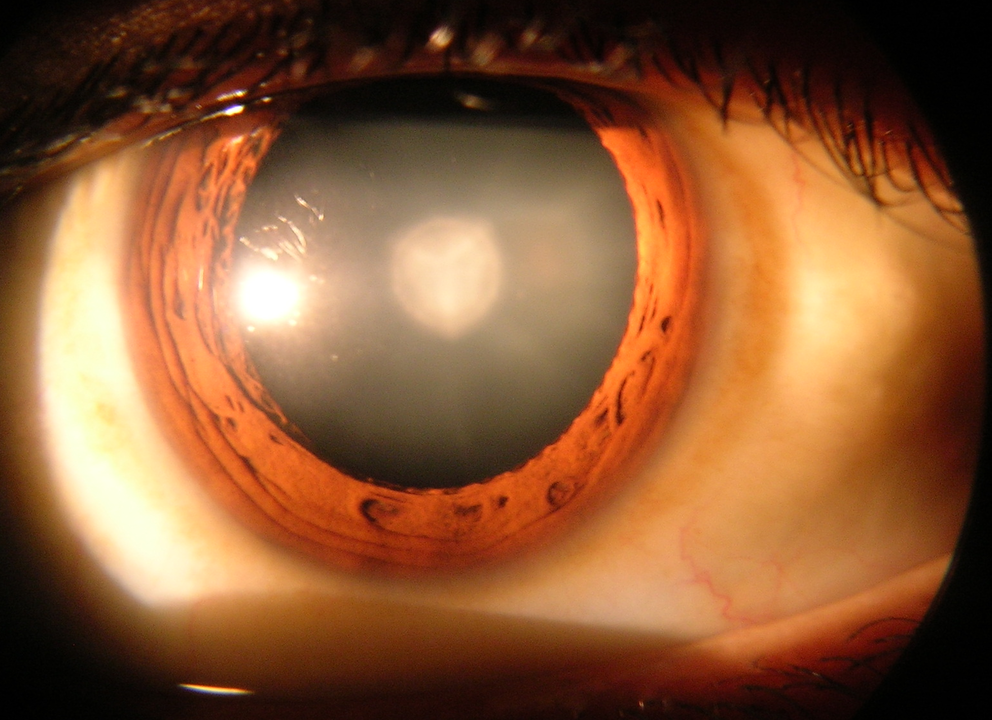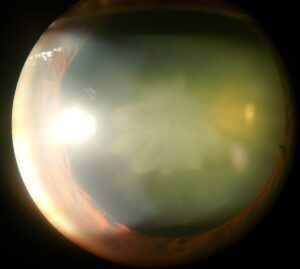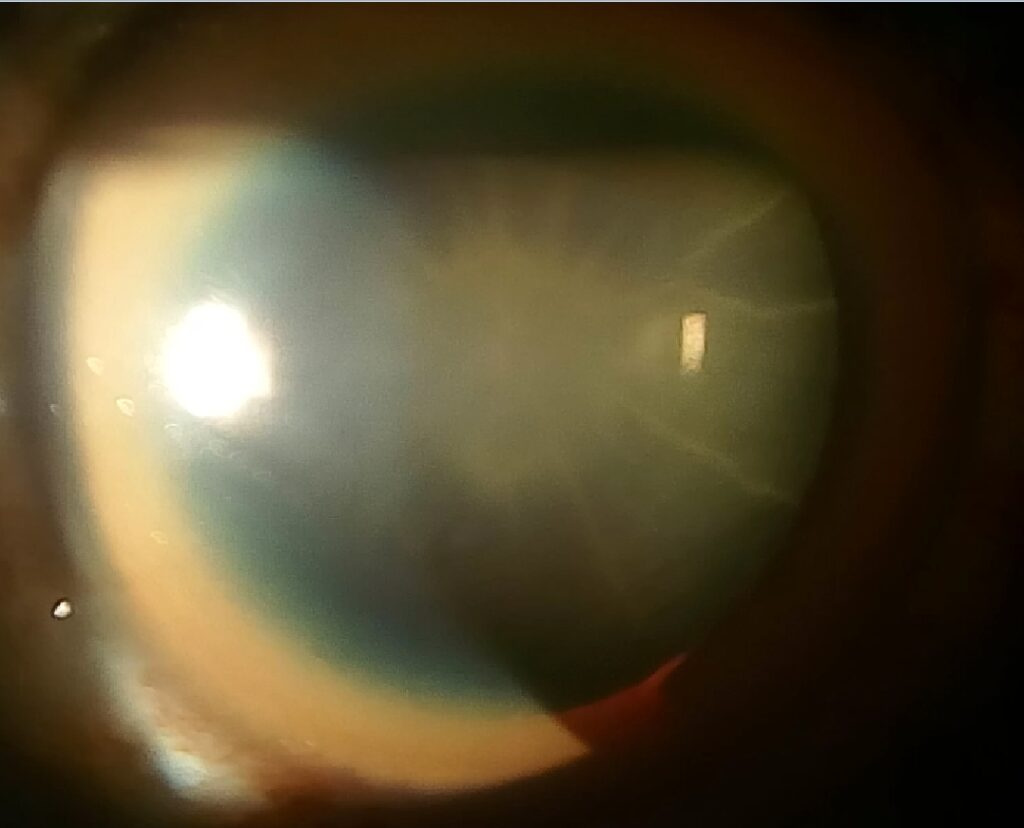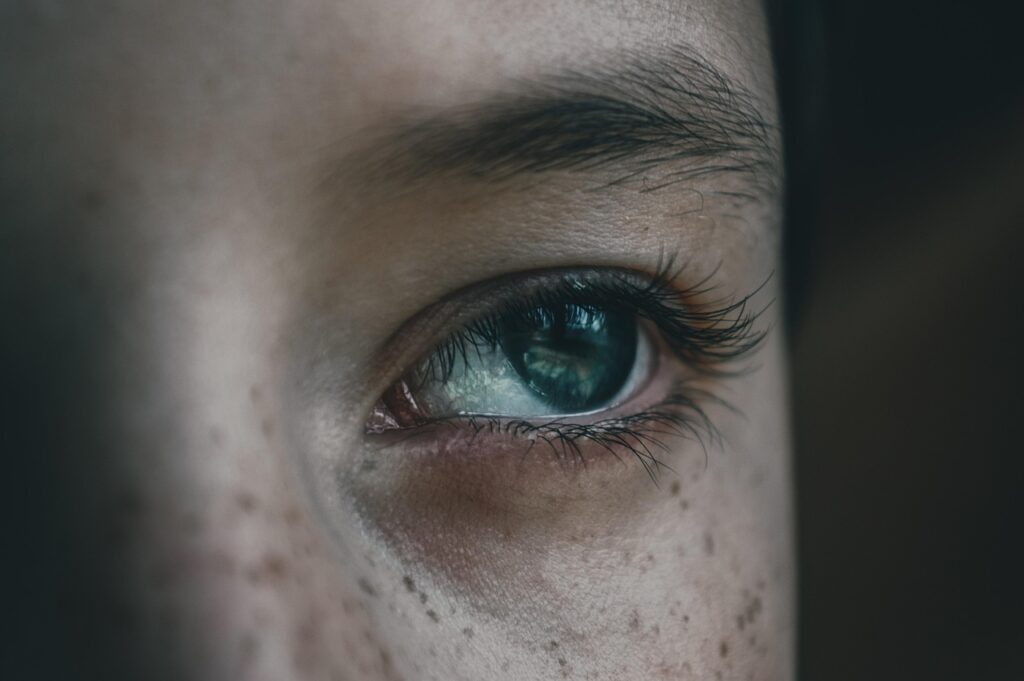
What Are Cataracts
Cataracts are one of the most common eye conditions, particularly affecting older adults. They occur when the eye’s natural lens becomes cloudy, leading to blurred vision and, if untreated, potential blindness. According to the World Health Organization (WHO), cataracts are the leading cause of vision impairment worldwide, responsible for 51% of global blindness.
This comprehensive guide explores cataracts in detail, covering their symptoms, causes, risk factors, diagnosis, treatment options, and prevention strategies. Whether you’re experiencing vision changes or simply want to learn more about this condition, this article provides valuable insights into understanding and managing cataracts.
A cataract is a clouding of the eye’s natural lens, which lies behind the iris and pupil. Normally, the lens is clear and helps focus light onto the retina, allowing sharp vision. However, when proteins in the lens break down and clump together, they form a cloudy area that interferes with vision.
Cataracts develop slowly and can affect one or both eyes. If left untreated, they can lead to significant vision loss and even blindness.
How Cataracts Develop
The lens of the eye is mostly made of water and proteins. As we age, these proteins can clump together, forming opaque areas that scatter light instead of focusing it properly. Over time, these cloudy patches grow larger, making vision increasingly blurry.
Stages of Cataract Development:
-
Early Stage: Minimal cloudiness, slight blurring.
-
Immature Cataract: Increased cloudiness, noticeable vision changes.
-
Mature Cataract: Lens becomes fully opaque, severely impairing vision.
-
Hypermature Cataract: The lens hardens and may cause inflammation or glaucoma.

Symptoms of Cataracts
Cataracts develop gradually, so symptoms may not be noticeable at first. Common signs include:
-
Blurred or cloudy vision (like looking through a foggy window)
-
Increased sensitivity to glare (difficulty driving at night due to headlights)
-
Fading or yellowing of colors
-
Double vision in one eye
-
Frequent changes in eyeglass prescription
-
Poor night vision
-
Halos around lights
If you experience any of these symptoms, consult an ophthalmologist for an evaluation.
Types of Cataracts
1. Age-Related Cataracts
-
Most common type, occurring due to natural aging.
-
Typically develops after age 60.
2. Congenital Cataracts
-
Present at birth or developing in childhood.
-
May be caused by genetic disorders or infections during pregnancy (e.g., rubella).
3. Secondary Cataracts
-
Develops due to medical conditions like diabetes or steroid use.
4. Traumatic Cataracts
-
Caused by eye injuries (e.g., blunt trauma, puncture wounds).
5. Radiation Cataracts
-
Results from prolonged exposure to UV rays or radiation therapy.

Causes and Risk Factors
Primary Causes:
-
Aging (most common cause)
-
Oxidative stress (damage from free radicals)
Risk Factors:
✔ Age (over 60)
✔ Diabetes (high blood sugar accelerates cataract formation)
✔ UV radiation exposure (sunlight without protection)
✔ Smoking & excessive alcohol use
✔ Prolonged steroid use (e.g., prednisone)
✔ Previous eye injury or surgery
✔ Family history of cataracts
Diagnosis of Cataracts
An ophthalmologist can diagnose cataracts through:
-
Visual Acuity Test (reading an eye chart)
-
Slit-Lamp Examination (microscopic view of the lens)
-
Retinal Exam (checking for lens cloudiness)
Treatment Options
Non-Surgical Management (Early Stages)
-
Stronger glasses or anti-glare lenses
-
Brighter lighting for reading
-
Magnifying lenses
Surgical Treatment (Advanced Cases)
-
Phacoemulsification (ultrasound breaks up the cloudy lens)
-
Extracapsular Extraction (removal of the lens in one piece)
-
Intraocular Lens (IOL) Implant (artificial lens replacement)
Cataract surgery is one of the safest and most effective procedures, with a high success rate.
Prevention and Lifestyle Tips
-
Wear UV-protective sunglasses
-
Eat a diet rich in antioxidants (leafy greens, berries)
-
Quit smoking and limit alcohol
-
Control diabetes and blood pressure
-
Get regular eye exams (especially after age 40)
Living with Cataracts
If surgery is delayed, lifestyle adjustments can help:
-
Use magnifying lenses for reading.
-
Increase home lighting.
-
Avoid driving at night if glare is severe.
Frequently Asked Questions (FAQs)
Q: Can cataracts come back after surgery?
A: No, but some patients develop “posterior capsule opacification,” which is treatable with a laser.
Q: Is cataract surgery painful?
A: No, it’s performed under local anesthesia and is generally painless.
Q: How long is recovery after cataract surgery?
A: Most people resume normal activities within a few days, with full recovery in 4-6 weeks.
Conclusion
Cataracts are a common but treatable cause of vision loss. Early detection through regular eye exams is crucial for maintaining eye health. While aging is the primary cause, lifestyle changes can reduce risks. If cataracts impair daily life, surgery is a safe and effective solution.
If you notice vision changes, consult an eye specialist promptly to explore treatment options and preserve your sight.















